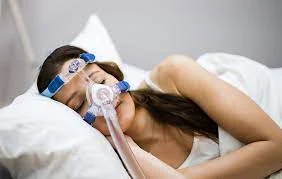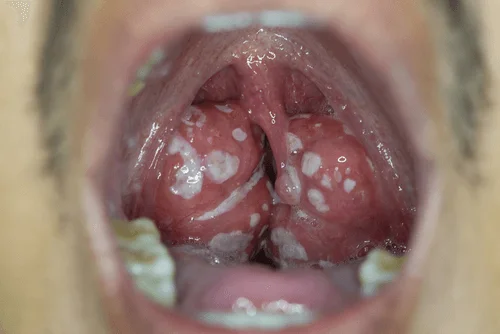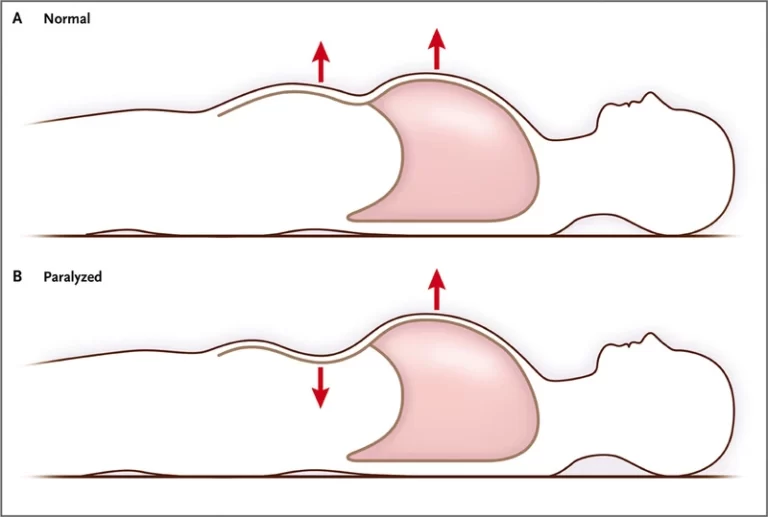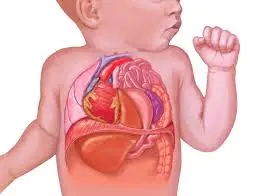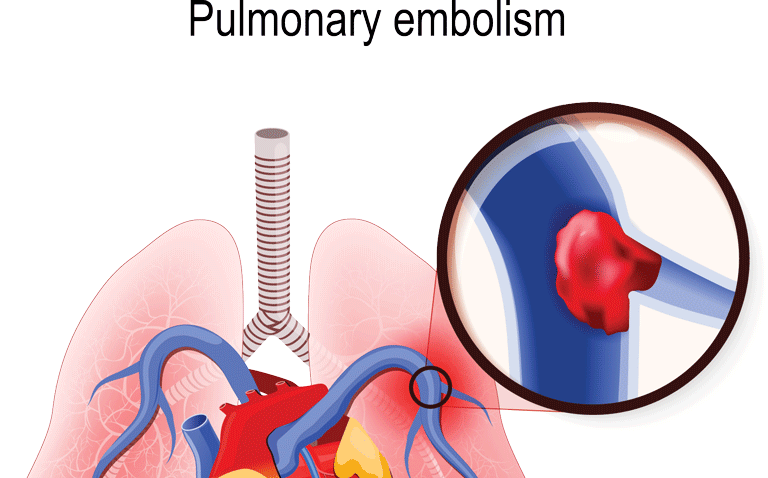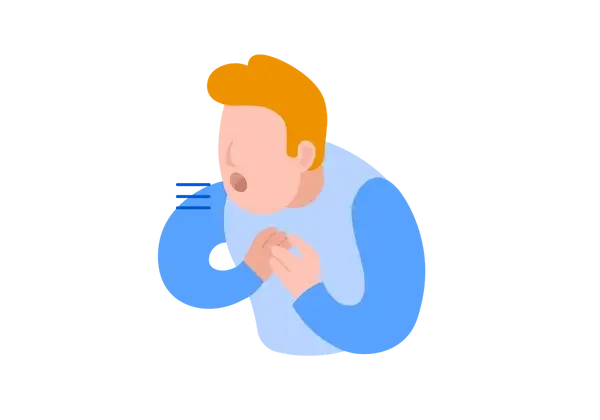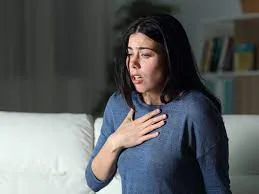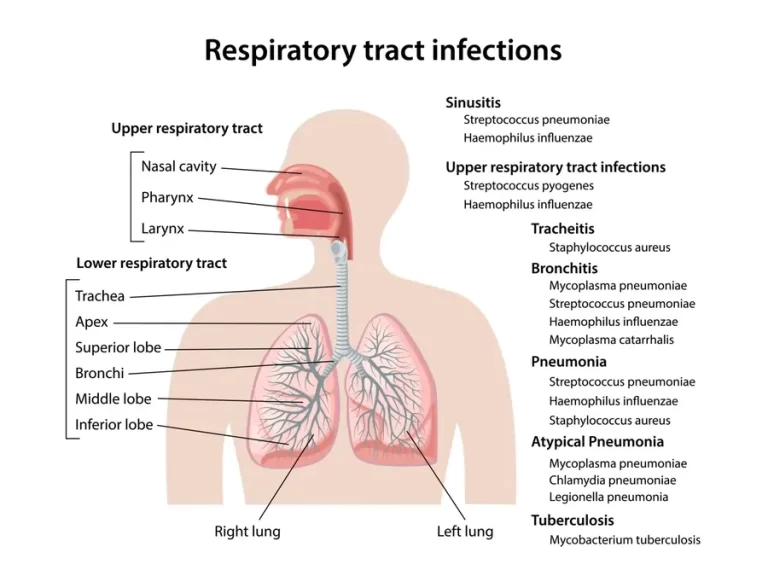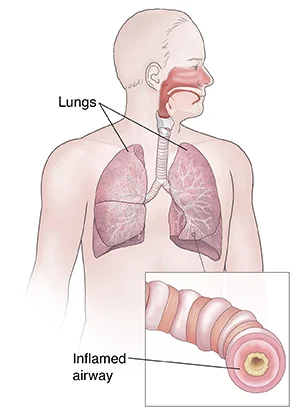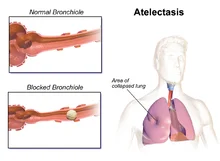The Best Sleeping Position For Sleep Apnea
Introduction The best sleeping position for sleep apnea is on your side. This is because side sleeping helps to keep the airway open and reduces the risk of the tongue and soft tissues collapsing into the airway. Back sleeping is the worst sleeping position for sleep apnea, as it can cause the tongue and soft…

